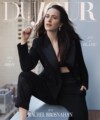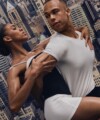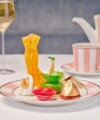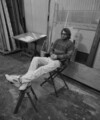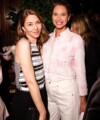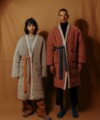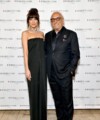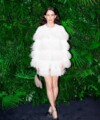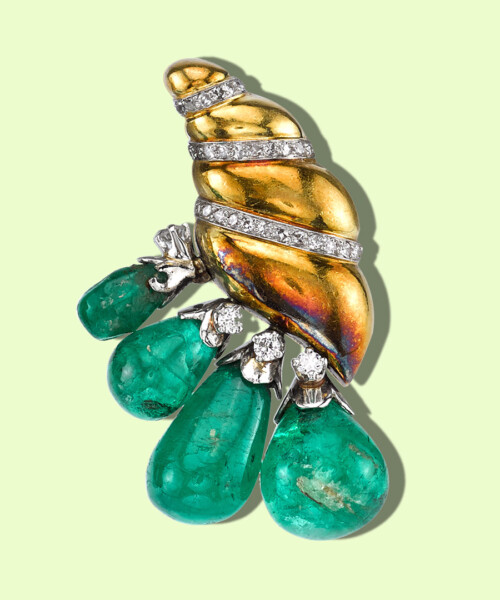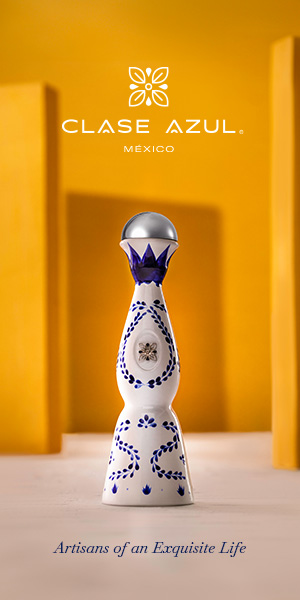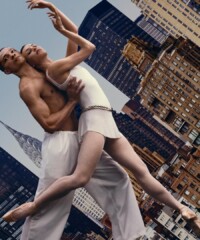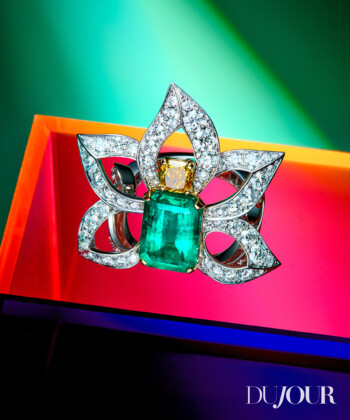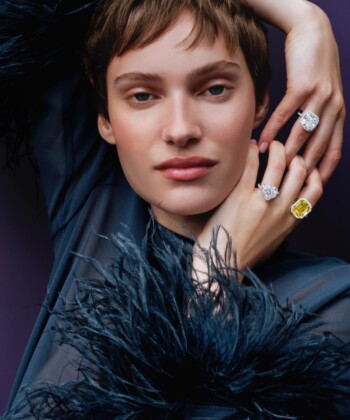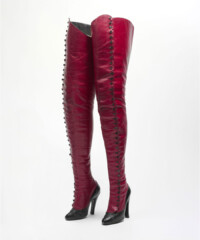You can’t think of Neil Lane without imagining gorgeous celebrities dripping with jewels on the red carpet. The industry icon simply represents a supreme sense of glamour. In addition to designing some of the most exquisite accessories on the planet for Hollywood’s elite, he also collects rare vintage pieces from starlets past. The collection holds gems that once belonged to what can only be described as true Hollywood legends, like Ginger Rogers and May West—it was only a matter of time before it had to be put on display.
The Museum of Fine Arts Boston approached Lane about having him curate the glittering accessories for their upcoming exhibition, Hollywood Glamour: Fashion and Jewelry from the Silver Screen, which includes incredible gowns as well as 1930s and ‘40s adornments from Lane’s personal collection.
Here, Lane spoke to DuJour about getting his start in the business, buying some of the most coveted baubles ever and sharing these treasures with the world.
Tell me a bit about your background—how did you get into this industry?
I didn’t plan this! I wanted to be an artist, but sometimes things change. I went to Paris when I was 16 and I discovered all of these jewelry shops and these amazing things that I didn’t see growing up in Brooklyn. I was totally fascinated by jewelry. If you had told me all these years later that I would be in Hollywood designing for movie stars, I would say that’s crazy! I was an artist and ended up having a loft in Manhattan and a studio and selling things that I found at flea markets. One day, someone said, ‘Why don’t you go to California?’ I didn’t know if I’d love it, but it was different and I decided to move here. That was like 25 years ago.
Designing rings really started a long time ago. People would give me these ancestral rings where the original settings were melted or destroyed and perhaps in the ‘60s, ‘70s or ‘80s the families took out the old, beautiful diamonds and put them in these contemporary gold settings. So the who’s who of Hollywood was coming to me with their grandmother’s diamond rings and I started designing rings that were perfect for the diamonds. That’s really how I became a designer in Hollywood.
What do you look for in pieces that you would like to add to your collection? What draws you to them?
I don’t just collect jewelry as a memorabilia. I’m very discerning. It has to be significant in terms of its opulence; I don’t collect costume. It has to really represent the era that it was constructed in, and it has to be really, really stylish—the most important and celebrated designs of the era.
Can you share an example?
May West’s jewelry is really extraordinary. It’s such a wonderful love story. I acquired that 20-some odd years ago at a local auction when I first moved out here. The story behind it is this: In ‘60s when she was about 50 years-old and her career in movies wasn’t really doing that well, she did a Las Vegas review where she was this sexy grand dame and she surrounded herself with all these muscle men—very well-developed guys. There was one muscle guy named Charles Krauser [who later changed his name to Paul Novac]. He was 20 and she was 50. He really had a crush on her. She didn’t want anything to do with him, but eventually they met and stayed together and were life partners. She never married him—she said she would never marry him—but they stayed together as life partners for 30 years. And the amazing thing was that when he died, they opened up his safety deposit box at the bank and they found all this jewelry. It must have been so sentimental to him that he never sold it. And I heard that he had financial difficulties at times, but still he never sold it.
What do you find stylistically special about jewelry form the ’30s and ‘40s?
It’s a little larger than life. That’s one of the indications. They’re not normal everyday jewels. They’re Hollywood jewels. The bracelets are doubled in size. They were like props even though they’re made of precious materials. It’s not really far off from royalty of the 18th and 19th century, or even the 20th century with the House of Windsor. Their jewels represented power, but in Hollywood they represented glamour.
What advice do you have for people who would like to start their own collections?
Investing in books is probably the best avenue. Just look at magazines, look at books and try to find historical jewels. There are books on French jewelry of the Art Deco period. There are books on 1940s jewelry—there’s so much information today. It can be avant-garde, but you shouldn’t buy things that are fashionable today and out of fashion next week. Jewelry is an exciting, wonderful world. It can captive people’s imaginations, tell stories from the past, it’s glitter and glamour. You feel like a queen or a princess wearing jewels. I suggest that to everyone.
MORE:
A Modern Twist on Classic Hollywood Glamour
Your Guide to Yesteryear’s High Life
A Smarter, More Real ‘Valley of the Dolls’



